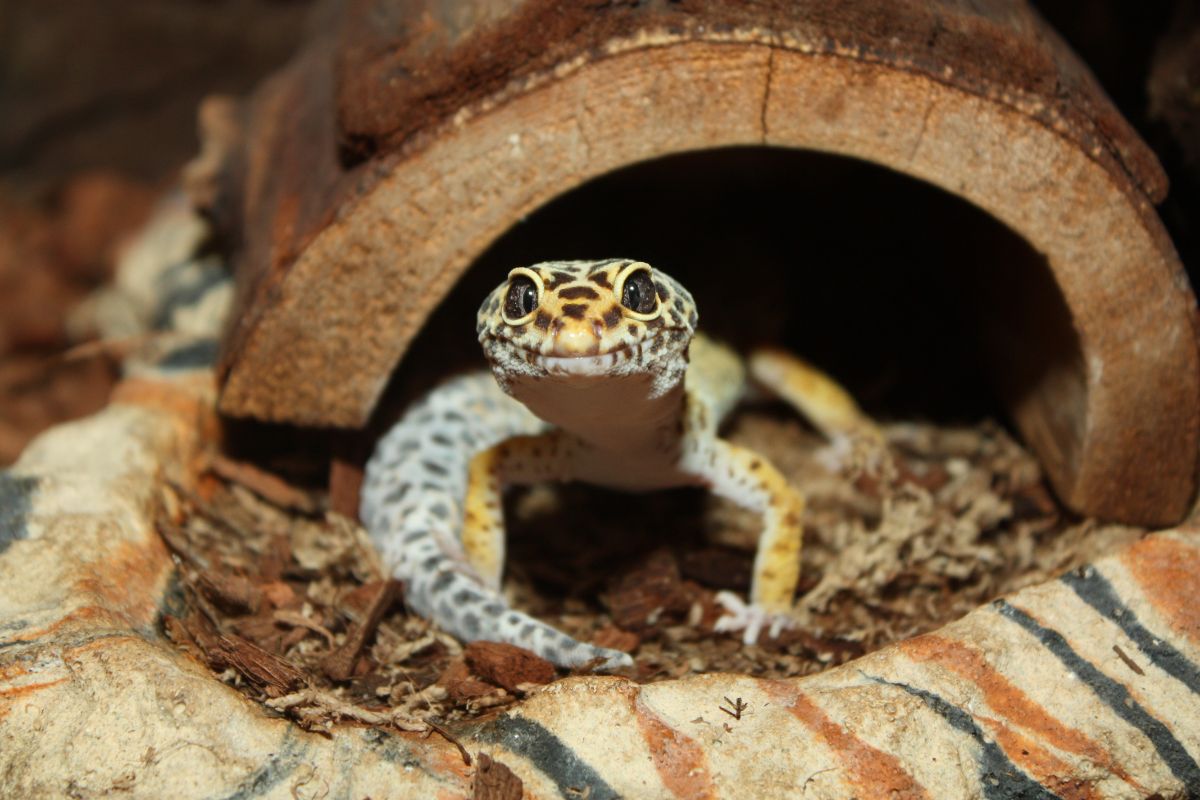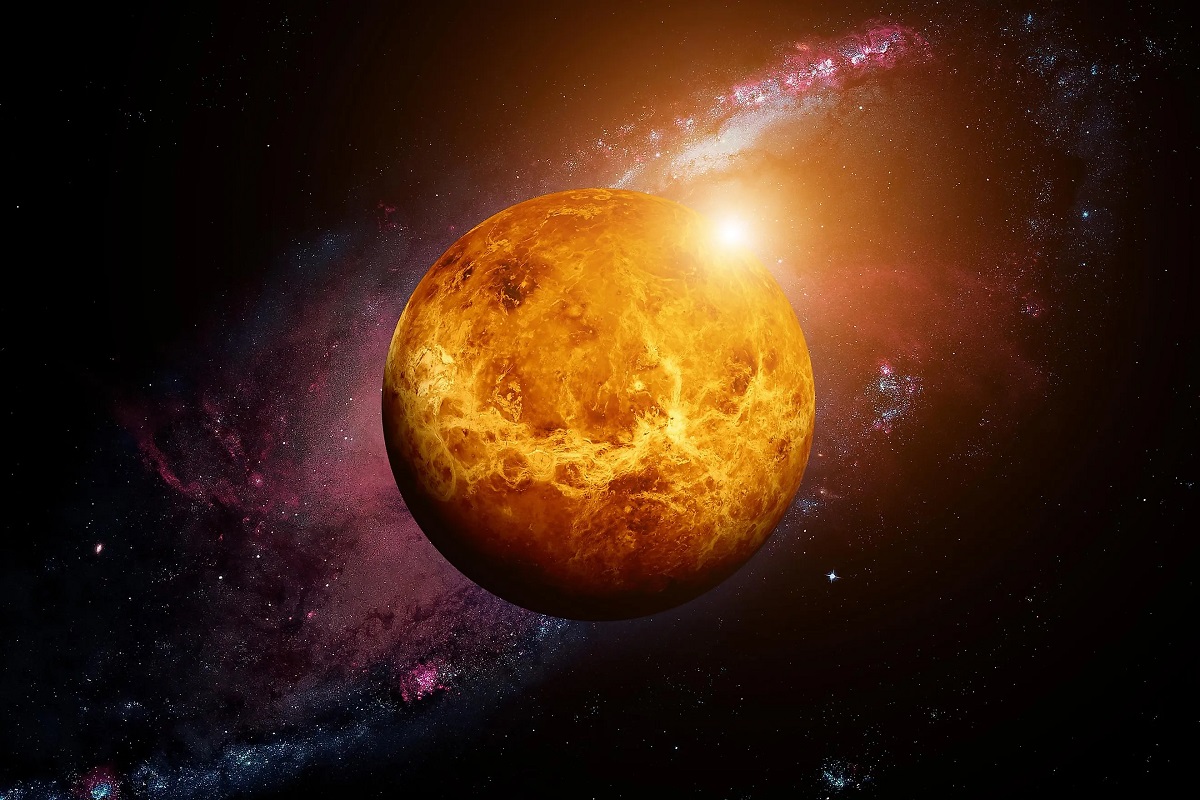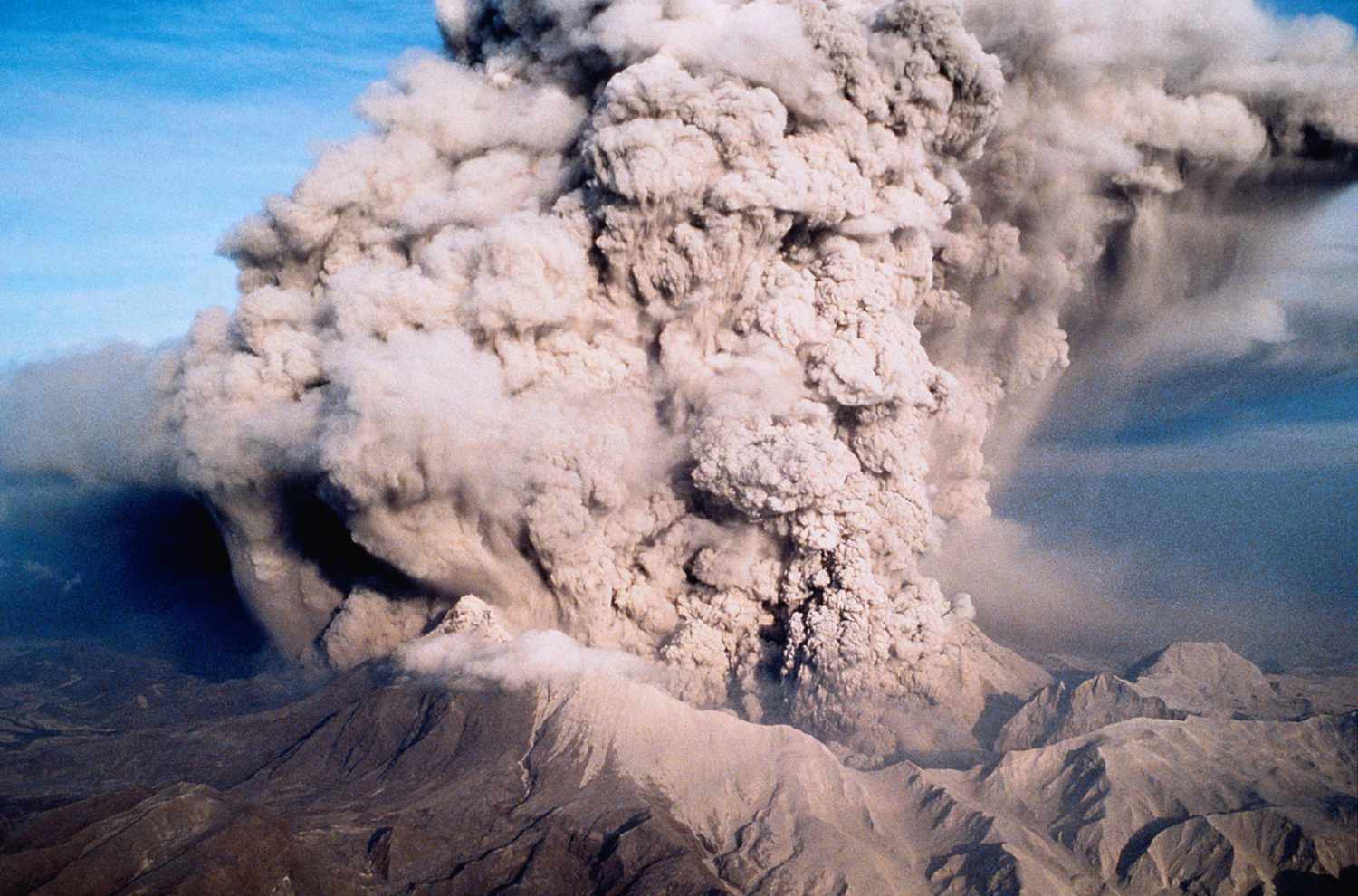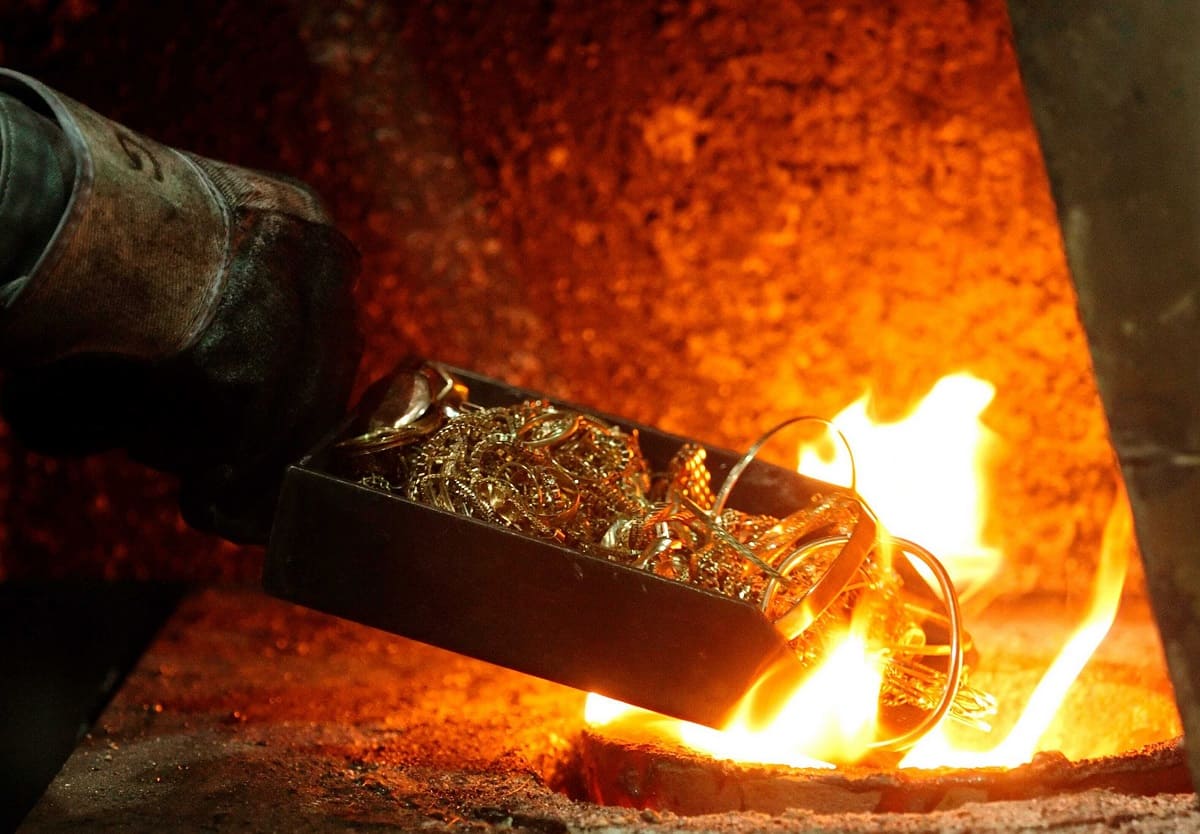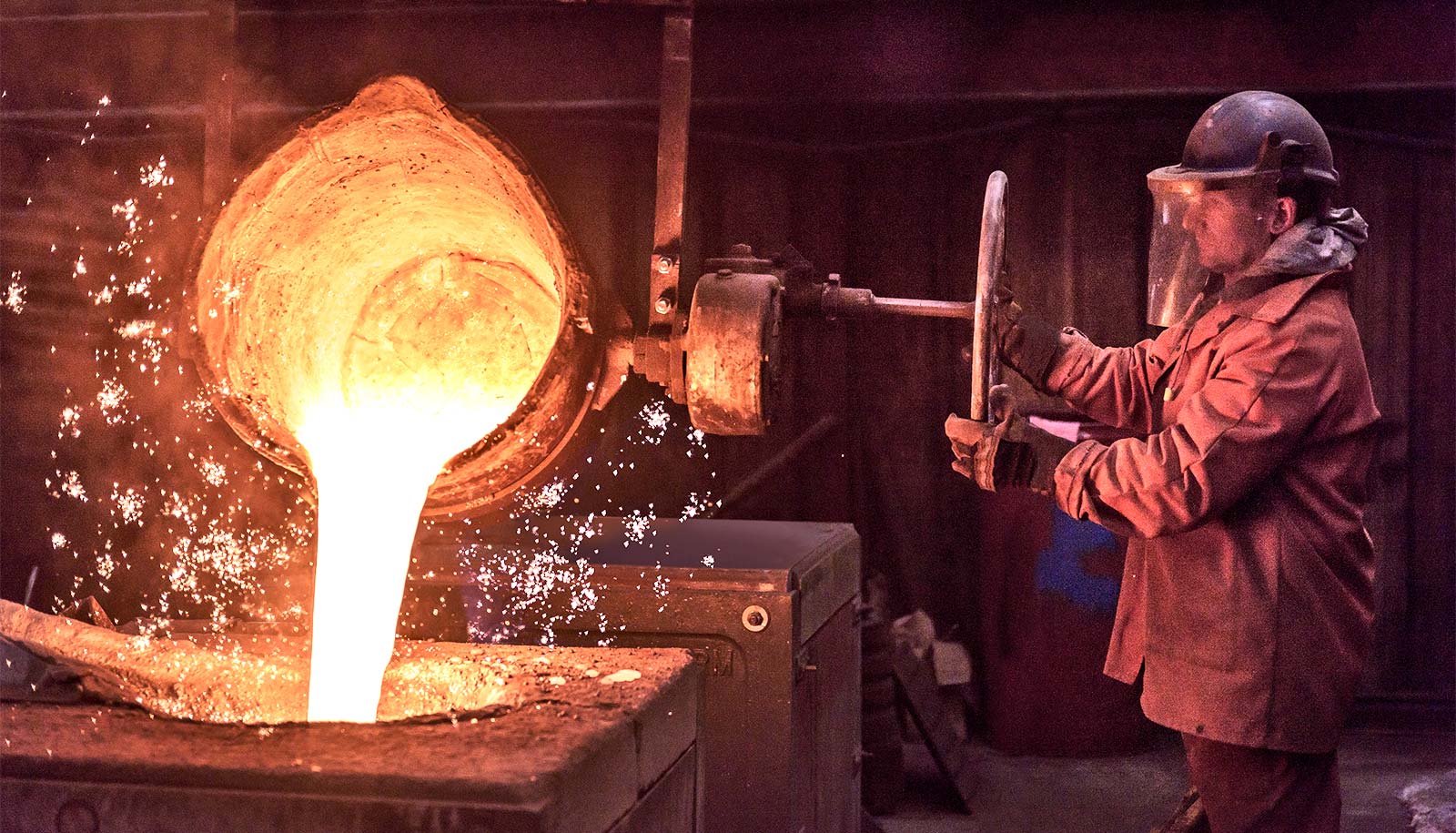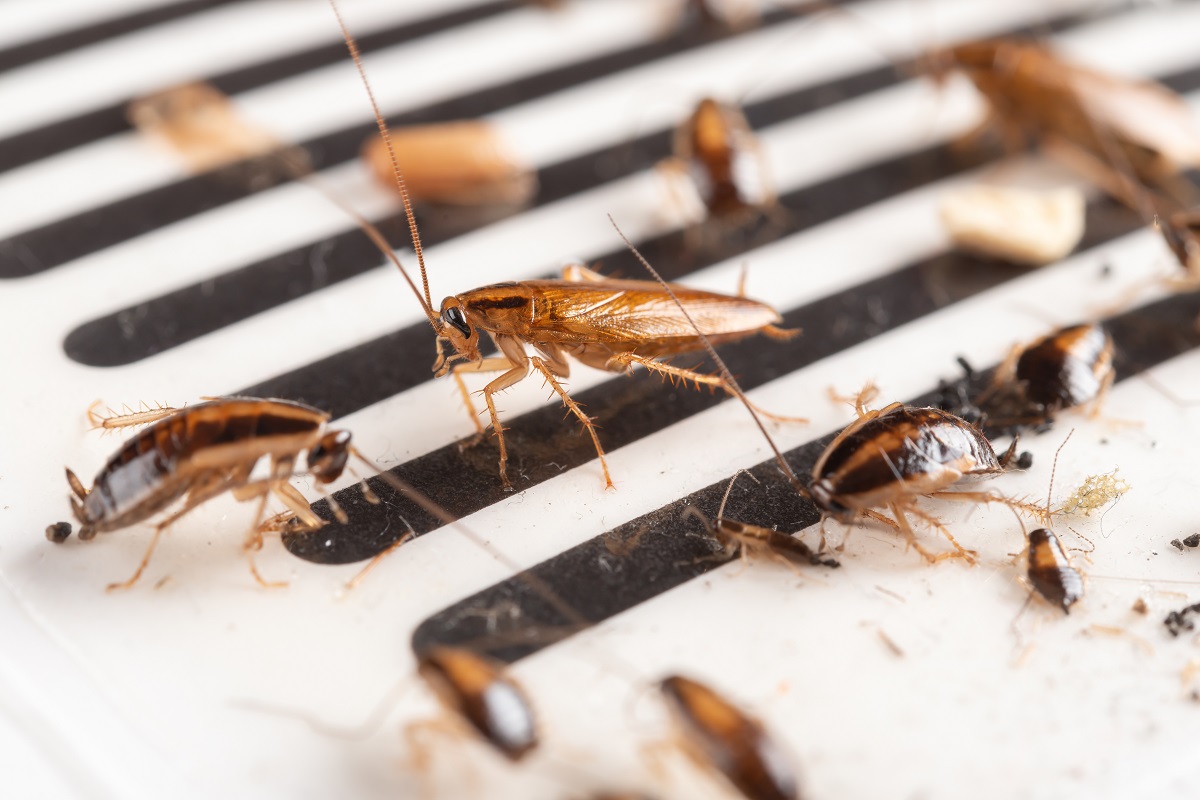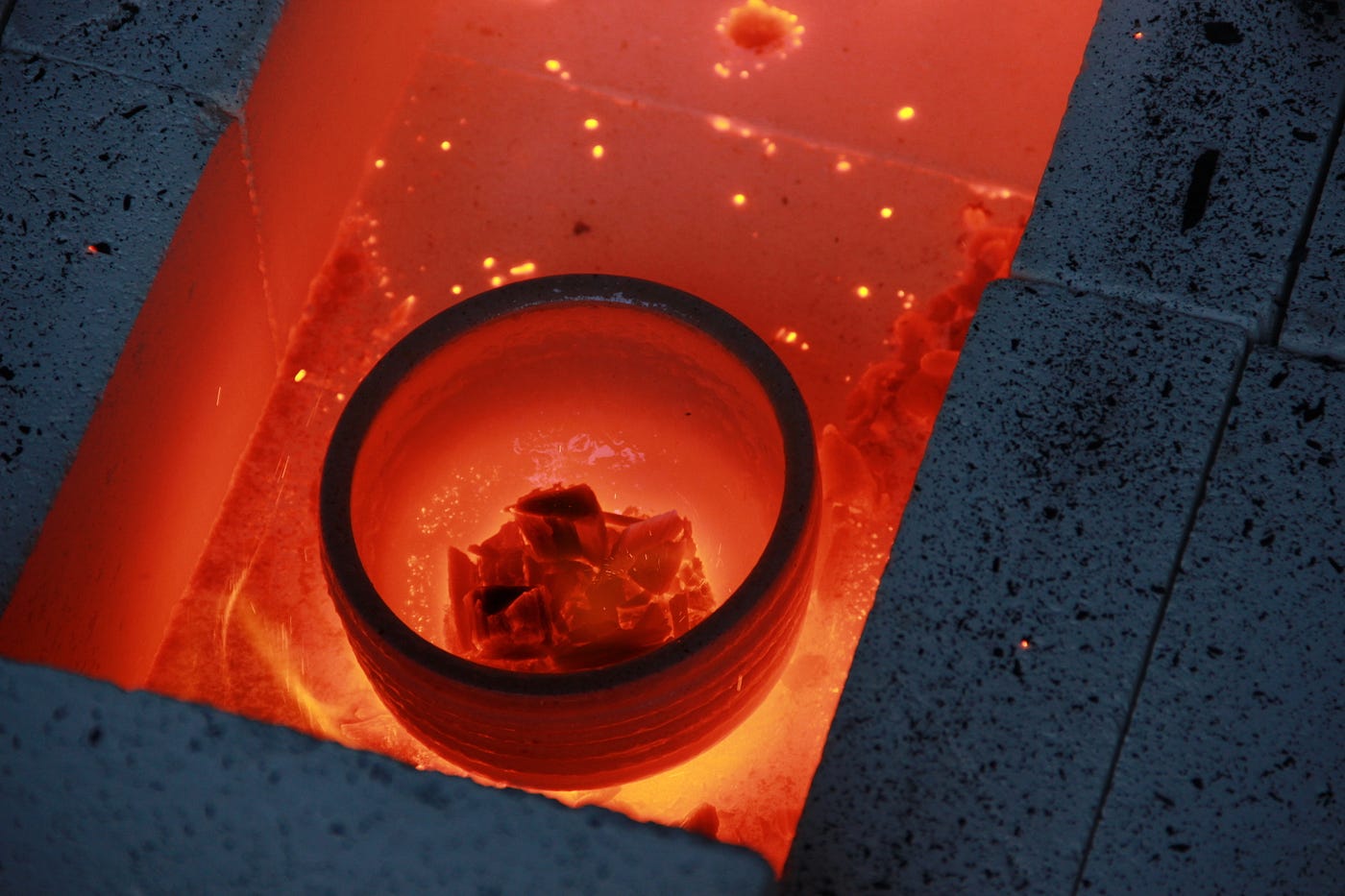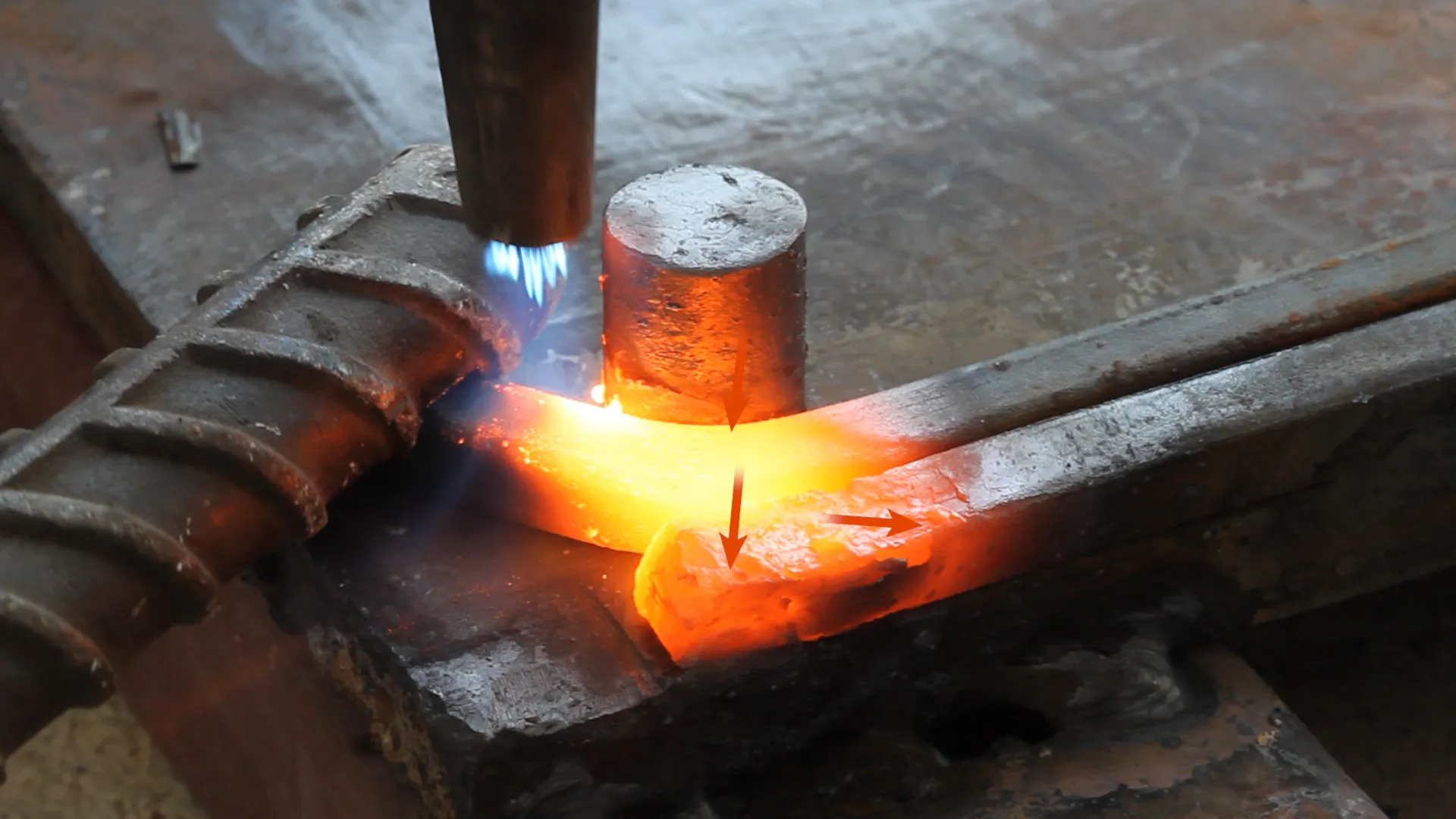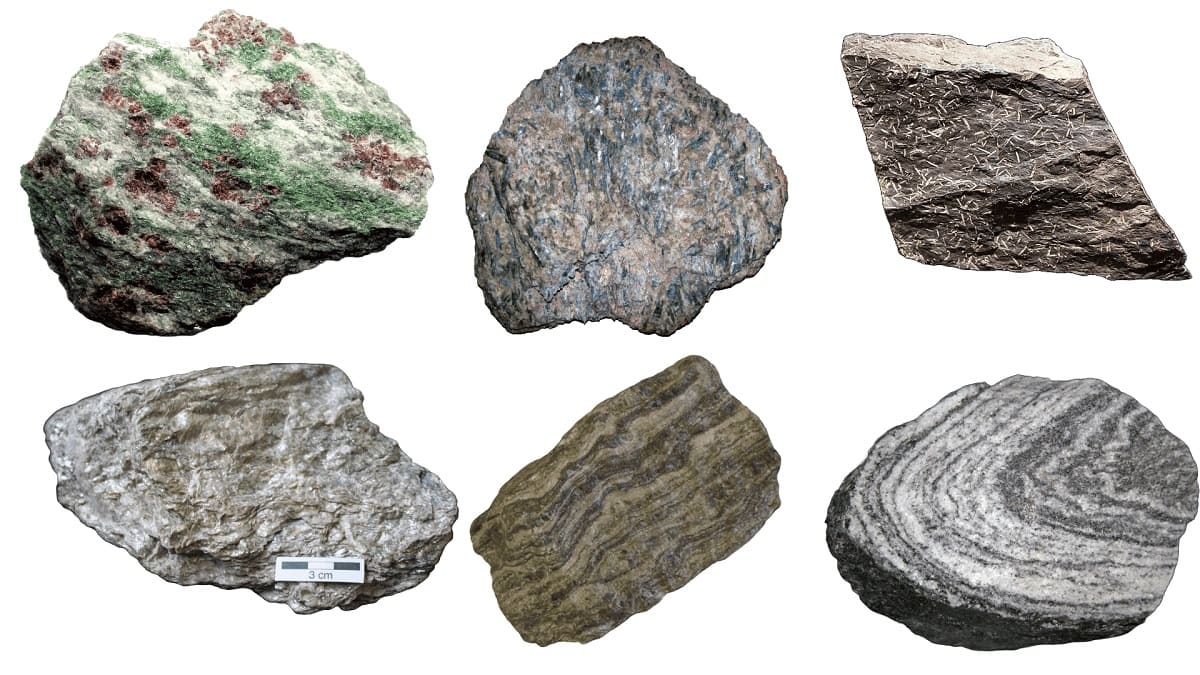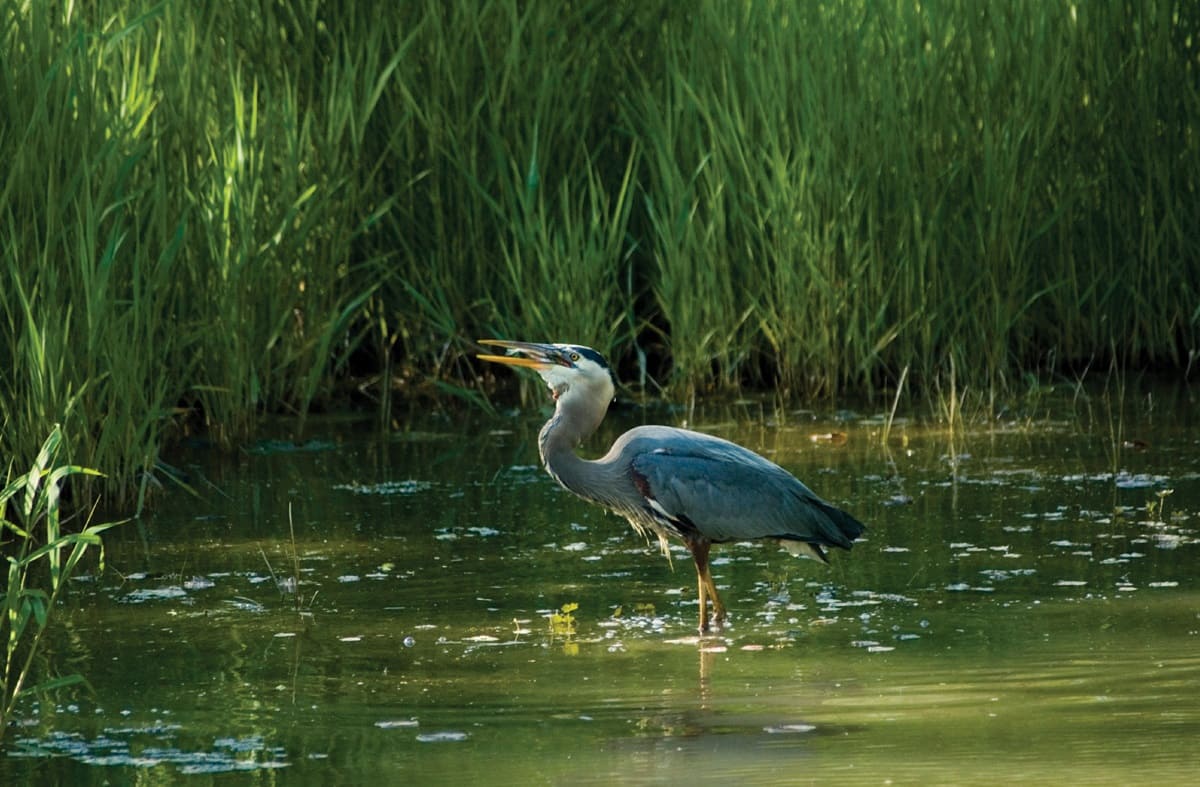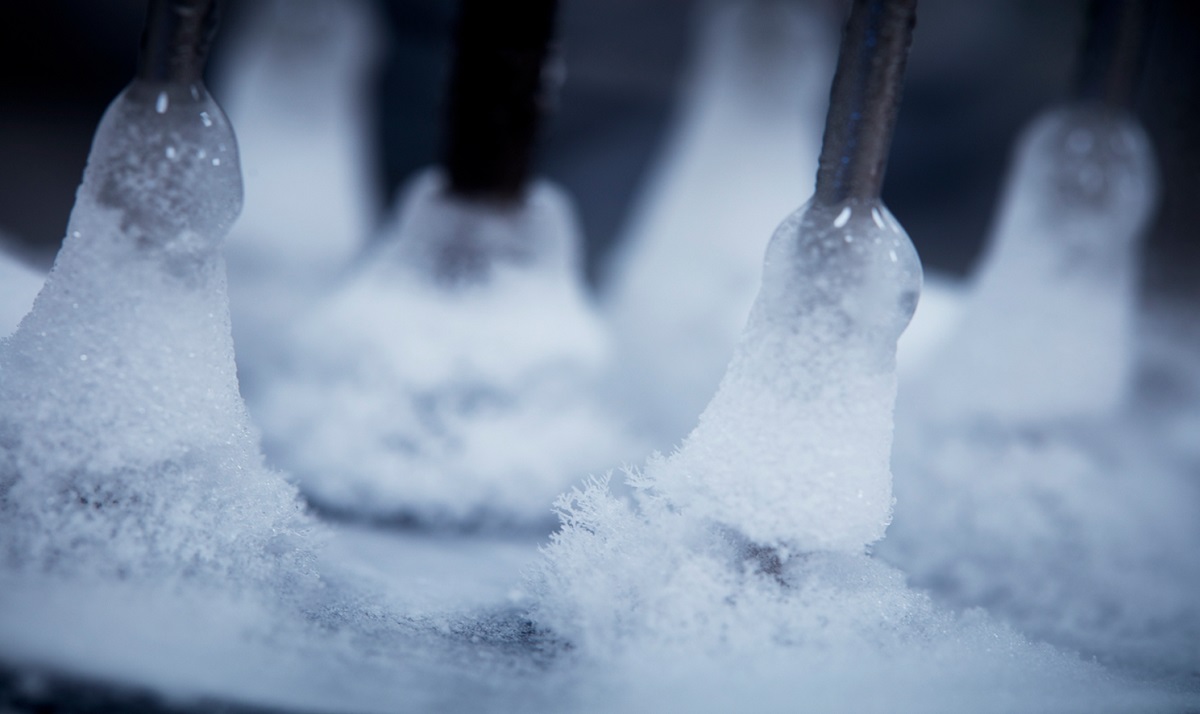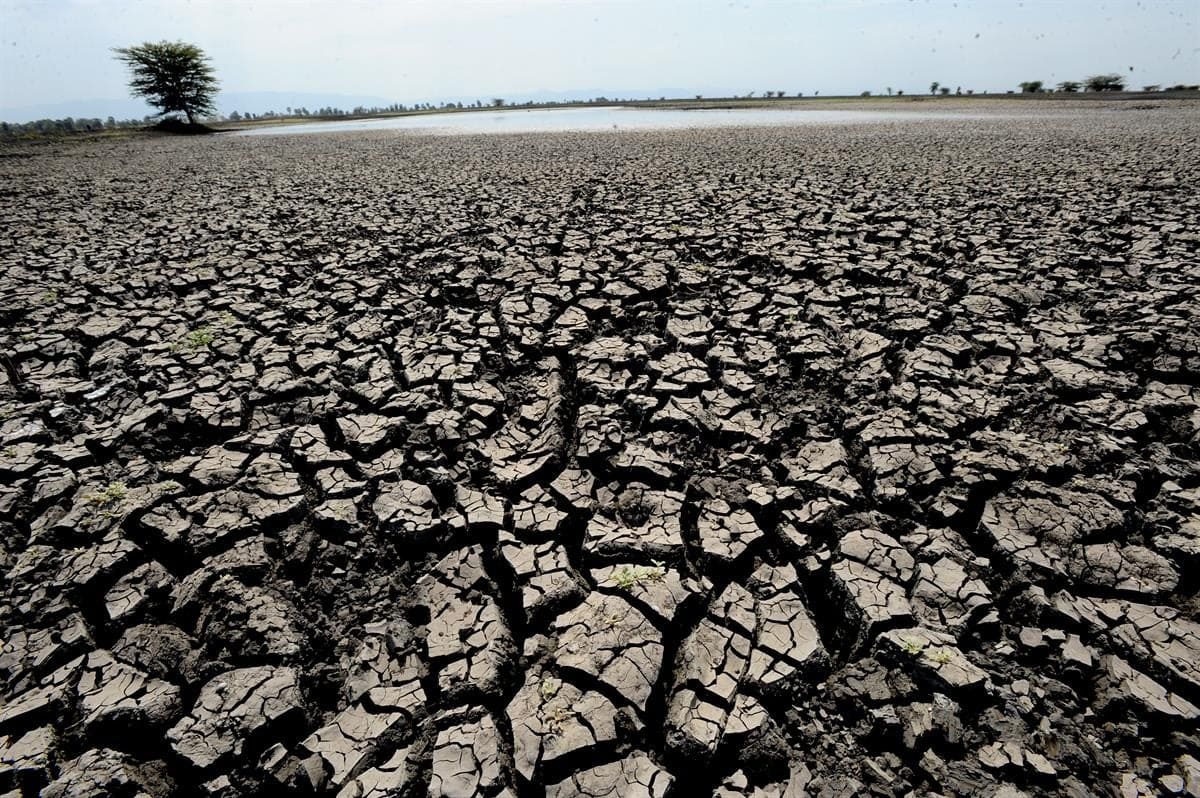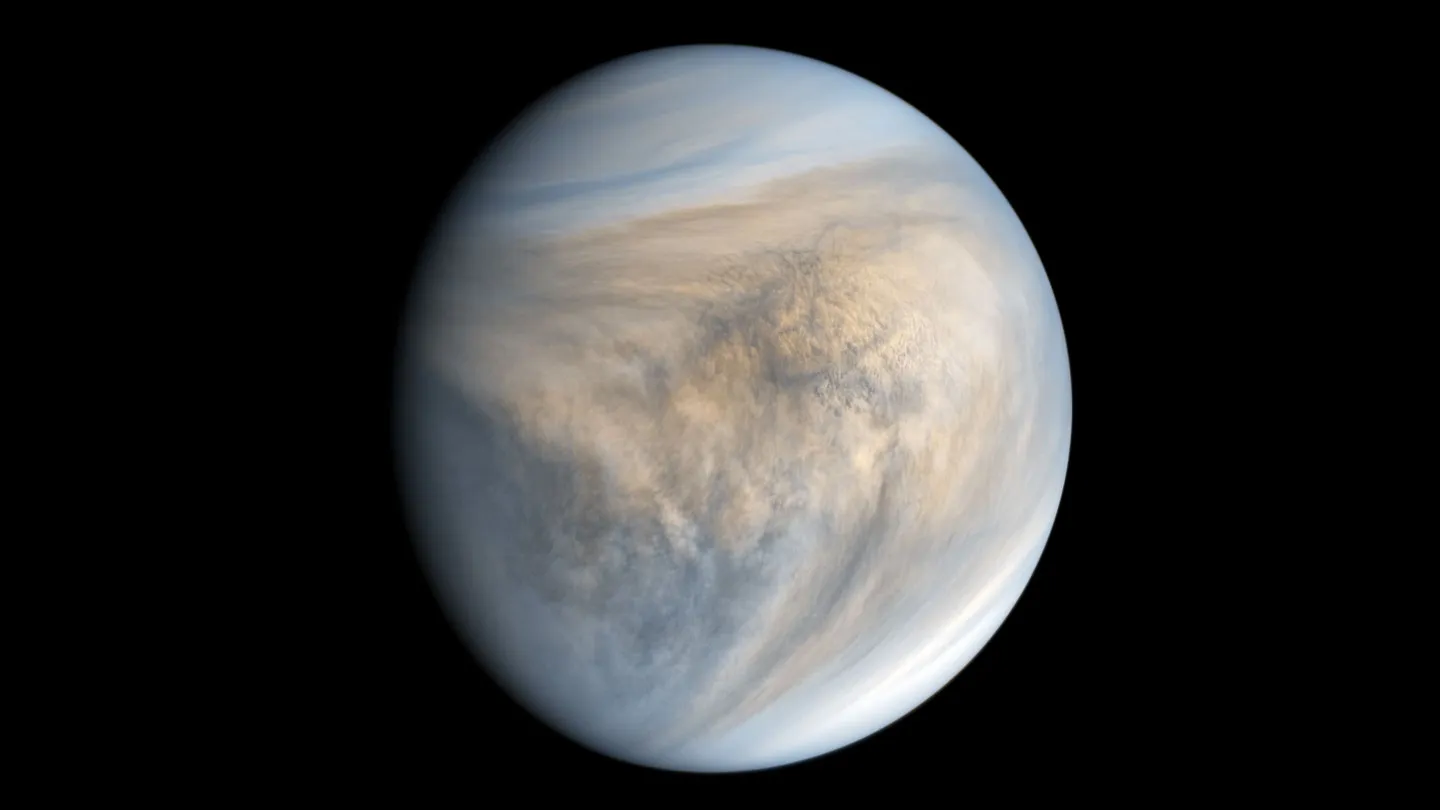Home> Science & Environment
Science & Environment
Embark on a journey through the intricate relationship between temperature, science, and the environment. Uncover how temperature variations affect ecological balance, contribute to environmental phenomena, and drive scientific research in fields ranging from oceanography to climate science. Explore the latest findings and innovations that address global challenges.
By: Kyle Russell • Science & Environment
Saturn’s Temperature: Facts And Information
Introduction Saturn, the sixth planet from the Sun and the second-largest in the solar system, is a mesmerizing celestial body that has captivated the curiosity of astronomers and space enthusiasts for centuries. Known for its stunning rings and distinctive golden hue, Saturn is a gas giant with a complex and...
Read MoreBy: Kyle Russell • Science & Environment
The Ultimate Guide To Sublimation: Time And Temperature Chart For Perfect Results
Introduction Sublimation, a fascinating process that transforms a solid directly into a gas without passing through the liquid state, has revolutionized various industries, from fashion and home decor to scientific research. Understanding the intricate balance of time and temperature is crucial to achieving impeccable sublimation results. In this comprehensive guide,...
Read MoreBy: Kyle Russell • Science & Environment
Optimal Temperature For Leopard Geckos: A Guide To Providing The Right Temperature For Your Pet
Understanding the Temperature Needs of Leopard Geckos Leopard geckos, scientifically known as Eublepharis macularius, are fascinating creatures that require specific environmental conditions to thrive in captivity. As ectothermic reptiles, they rely on external heat sources to regulate their body temperature. Understanding the temperature needs of leopard geckos is crucial for...
Read MoreBy: Kyle Russell • Science & Environment
The Hottest Planet In The Solar System
Introduction The solar system is a wondrous expanse, filled with celestial bodies of varying sizes, compositions, and temperatures. Among these, one planet stands out as the hottest: Venus. With its scorching surface temperatures and thick, toxic atmosphere, Venus holds the title of the hottest planet in our solar system. Understanding...
Read MoreBy: Kyle Russell • Science & Environment
The Devastating Mount Pinatubo Eruption: Unveiling The Catastrophic Impact
Introduction The eruption of Mount Pinatubo stands as a stark reminder of the immense power and unpredictability of nature. Nestled in the Philippines, this once-quiet giant awakened from centuries of dormancy in a cataclysmic display of force, altering landscapes and livelihoods in its wake. The events surrounding the eruption of...
Read MoreBy: Kyle Russell • Science & Environment
Melting Temperatures Of Gold: A Comprehensive Guide
Introduction Gold, a precious metal revered for its lustrous beauty and enduring value, possesses a melting temperature that has fascinated scientists, artisans, and enthusiasts for centuries. The melting point of gold, which is the temperature at which it transitions from a solid to a liquid state, is a fundamental property...
Read MoreBy: Kyle Russell • Science & Environment
Metal Melting Points: A Comprehensive Guide To The Melting Points Of Various Metals
Introduction Metal melting points play a crucial role in various industrial and scientific applications. Understanding the melting points of different metals is essential for processes such as metal casting, welding, and alloy production. The ability to manipulate metals at specific temperatures is fundamental to the creation of durable structures, intricate...
Read MoreBy: Kyle Russell • Science & Environment
The Melting Point Of Plastic: Understanding Its Temperature Range
Introduction Plastic, a ubiquitous material in our modern world, has revolutionized industries and daily life. From packaging and construction to healthcare and electronics, plastic serves as a cornerstone of innovation and convenience. However, understanding the behavior of plastic, particularly its melting point, is crucial for harnessing its potential effectively. Plastic...
Read MoreBy: Kyle Russell • Science & Environment
Understanding The Climate Of Mars
Introduction Mars, often referred to as the "Red Planet," has captivated human imagination for centuries. Its distinct reddish hue, visible to the naked eye from Earth, has sparked countless speculations and scientific inquiries. As the fourth planet from the Sun, Mars has long been a subject of fascination due to...
Read MoreBy: Kyle Russell • Science & Environment
The Lethal Temperature For Roaches
Introduction Cockroaches, often regarded as one of the most resilient and adaptable pests, have thrived on Earth for millions of years. Their ability to survive in diverse environments, including extreme temperatures, makes them a formidable challenge for pest control efforts. Understanding the impact of temperature on these tenacious insects is...
Read MoreBy: Kyle Russell • Science & Environment
Introduction Water is an essential component of our daily lives, serving as a fundamental necessity for various activities, including cooking, cleaning, and hydration. When water is subjected to heat, whether for cooking, brewing beverages, or other purposes, it undergoes a series of physical and chemical changes that can significantly impact...
Read MoreBy: Kyle Russell • Science & Environment
Understanding Radiation: The Transfer Of Heat Explained
The Basics of Radiation Radiation is a fundamental concept in the realm of science and plays a crucial role in various natural phenomena and human-made technologies. At its core, radiation refers to the emission and propagation of energy through space or a material medium. This energy can take various forms,...
Read MoreBy: Kyle Russell • Science & Environment
Understanding Heat Transfer: Definition And Examples
Introduction Heat transfer is a fundamental concept that plays a crucial role in our daily lives, impacting everything from the weather to the functioning of electronic devices. Understanding the principles of heat transfer is essential for comprehending various natural phenomena and human-made processes. At its core, heat transfer refers to...
Read MoreBy: Kyle Russell • Science & Environment
Different Types Of Heat Transfer
Introduction Heat transfer is a fundamental process that plays a crucial role in various aspects of our lives, from the functioning of electronic devices to the natural phenomena that shape our environment. Understanding the different types of heat transfer is essential for comprehending the mechanisms behind these processes and their...
Read MoreBy: Kyle Russell • Science & Environment
Optimizing Sublimation Heat Press Settings For Quality Results
Understanding Sublimation Heat Press Settings Sublimation heat press settings play a pivotal role in the sublimation process, influencing the quality and durability of the final output. By comprehending the significance of these settings, individuals can harness the full potential of sublimation technology to achieve vibrant and long-lasting results. The heat...
Read MoreBy: Kyle Russell • Science & Environment
The Low Temperatures On Gas Giants: Explained
Introduction Gas giants, the colossal planets of our solar system, have long captivated the imagination of astronomers and space enthusiasts. These massive celestial bodies, including Jupiter, Saturn, Uranus, and Neptune, are known for their awe-inspiring size and unique characteristics. One of the most intriguing aspects of gas giants is their...
Read MoreBy: Kyle Russell • Science & Environment
Understanding Metamorphic Rocks: Formation, Types, And Characteristics
Introduction Metamorphic rocks are a fascinating result of the Earth's dynamic processes, offering a window into the planet's geological history. Unlike igneous or sedimentary rocks, which form from molten magma or sediments, metamorphic rocks undergo a transformation from existing rocks under intense heat, pressure, or chemical processes. This transformative journey...
Read MoreBy: Kyle Russell • Science & Environment
Exploring The Unique Ecosystem Of Estuaries
The Importance of Estuaries Estuaries are vital ecosystems that serve as a crucial link between freshwater and marine environments. These unique coastal habitats are of immense importance for various reasons: Nursery for Marine Life: Estuaries provide a safe haven for numerous species of fish, crustaceans, and shellfish during their early...
Read MoreBy: Kyle Russell • Science & Environment
Condensation Caused By Cryogen Use And Cold Temperatures
Introduction Cryogen use and exposure to cold temperatures can lead to the formation of condensation, a natural occurrence that can have various implications in scientific and industrial settings. Understanding the relationship between cryogen use, cold temperatures, and condensation is crucial for ensuring the safety and efficiency of processes involving these...
Read MoreBy: Kyle Russell • Science & Environment
Key Climate Change Statistics And Data: Understanding The Impact And Trends
Introduction Climate change is a pressing global issue that has garnered significant attention in recent years. The Earth's climate is undergoing profound changes, primarily due to human activities that have led to an increase in greenhouse gas emissions. These changes are impacting various aspects of the environment, including temperature patterns,...
Read MoreBy: Kyle Russell • Science & Environment
Operating Principle Of Float-Type Carburetors: Understanding The Key Mechanism
Introduction Float-type carburetors have been an integral part of internal combustion engines for decades, playing a crucial role in the fuel delivery system. Understanding the operating principle of float-type carburetors is essential for anyone interested in the mechanics of engines, whether for automotive, marine, or small engine applications. These carburetors...
Read MoreFeatured
By: Kyle Russell • Education & Research
PCR Steps: A Comprehensive Guide To Polymerase Chain Reaction
Read MoreBy: Kyle Russell • Culinary & Beverages
Optimal Internal Temperature For Cooking Filet Mignon
Read MoreBy: Kyle Russell • Culinary & Beverages
Understanding The Temperature Danger Zone: Importance And Guidelines
Read More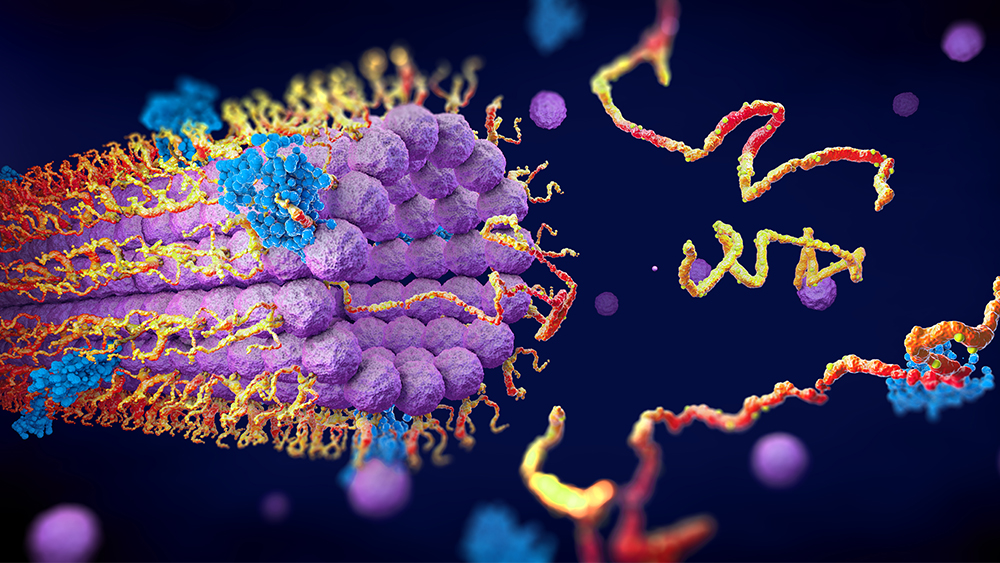
PLEATED LAMPSHADE ARE MY NEW FAVORITE THING

SHOULD WE STAY LIGHT OR GO DARK WITH PAINTING OUR TINY MASTER BEDROOM?


